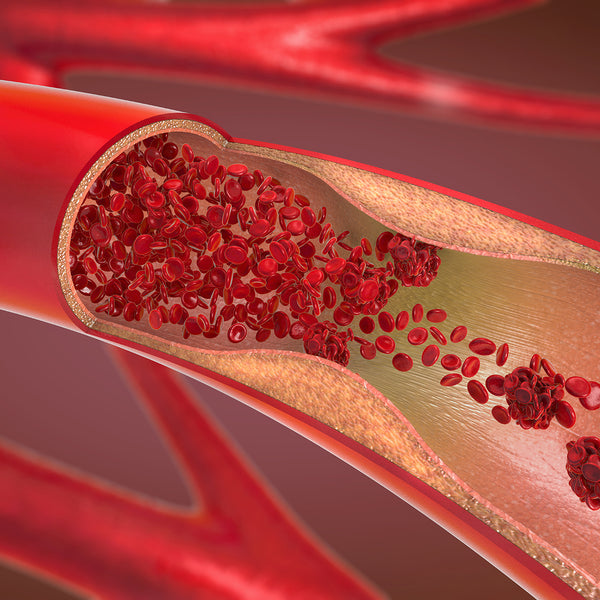[1] Bioequivalence study of Oliginol. Report, Amino Up Chemical Company, Ltd. Japan. 2007 Jun 13.
[2] Hackman R, et al. HHPoPo Polyphenols Communications. 2008;2(T5.79)
[3] Aoyagi K. Presented at the 11th Annual Meeting of the Japanese Society for Complementary and Alternative Medicine. 2008 Nov.
[4] Sakurai T, et al. Bisosci Biotechnol Biochem. 2008;72:463-76.[5] Lee JB, et al. Nutr Res Practice. 2010; 4(3):203-7.
[6] Nishihira J, et al. Presented at the 4th International Conference on Polyphenols and Health (ICPH2009). 2009.
[7] Tani M, et al. Presented at 15th International Symposium on Atherosclerosis. June 2009.
[8] Nishihira J et al. J Funct Foods. 2009;1(4):341-48.
[9] Tsuboi T, et al. Presented at the 16th AHCC Research Association Meeting. 2008 Aug.
[10] Mackenzie R. Presented at Experimental Biology Meeting. 2010 Mar.
[11] Ohno H, et al. Adv Excerc Sports Physiol. 2008; 13(4):93-9.
[12] Shimomura Y, et al. Int J Sports Nutr Excerc Metab. 2010 Jun;20(3):236-44.
[13] Thirunavukkarasu M, et al. Toxicol Mech Methods 2012; 22(7):555-9.
[14] Fujii H, et al. Food Chem Toxicol. 2008;46:3553-62.
[15] Spierings E, et al. A Phase I Multiple Dose Trial of the Safety of Oligonol, a Novel Polyphenol Oligomer, in Healthy Volunteers. Unpublished study.
[16] Oligonol 3-month Clinical Safety Study. 2006 Jul 20. Amino Up Chemical Co., Ltd., Japan. Unpublished study.











)

)